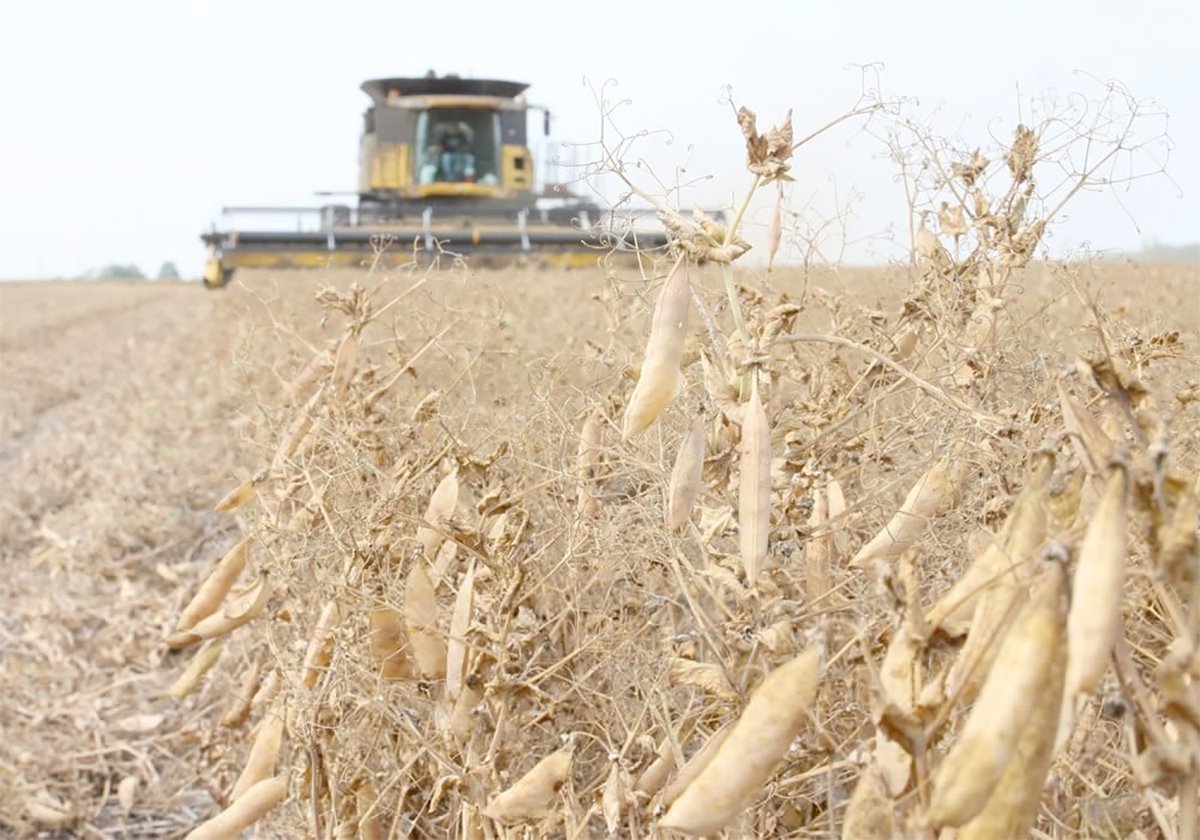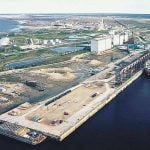Deserves better reputation | All the food we eat is grown in soil but urban sprawl is covering over that land, says scientist
They’re a soiled bunch, these scientists and researchers who have been meeting annually for 50 years.
And they were at it again recently as they met at the Alberta Soil Science Workshop to discuss a subject the general public often takes for granted.
Jim Robertson, University of Alberta professor emeritus in soil science, knows soil has a reputation lower than dirt.
“This has been something I’ve thought about a lot and wondered why,” he said during a break between sessions at the workshop, held Feb. 20-21 in Lethbridge.
Read Also

Chinese, Indian tariffs take toll on pea prices
The disruption of pea exports from Canada’s largest customers will likely result in slow pea exports for the remainder of the crop year.
“One of the main reasons is, it’s around us all the time. For the lay person, soil is underfoot and all you see, if you see it at all, is the top of it.”
Robertson said he used to enjoy teaching the introductory soils course at the U of A because students were invariably surprised at the soil diversity evident even within Edmonton city limits.
Even so, soil doesn’t get the recognition he thinks it deserves.
“We keep hammering at that and hammering at that and hammering at that, and we don’t seem to make much progress.”
Bill McGill of the University of Northern British Columbia thinks complexity might be the culprit.
“A lot of people I talk to find soils too complicated, and when a subject gets too complicated, then they’re not so interested in studying it. But it isn’t really complicated. It’s just a system. You figure out how each part works, put the pieces together and it’s very straightforward.”
Soil studies also suffer from familiarity with the medium, he added.
“I think we take soils for granted in much the same ways we take our parents for granted when we’re young. When we get older, we appreciate them.”
Alberta Agriculture research scientist Ross McKenzie joked about his age and that of his fellow presenters, but preservation of soil is no laughing matter.
“All the food we eat is either grown or raised on our land, and unfortunately land is taken for granted by our rapidly expanding urban population who don’t appreciate where our food comes from.”
The three men were preaching to a room full of the converted. Those interested in soil science have been meeting every year since 1962.
Robertson described the workshop as having “a rather long and contorted history,” following the evolution of soil research in Alberta that now crosses many disciplines.
Most researchers came from the United States in the early days of soil study in the province. Information was needed on what types of soil existed, their respective nutrient levels and ways to mitigate erosion that arose from cropping practices and weather conditions in the 1920s and 1930s.
“One of the big efforts of the early soil scientist, going from the mid-1920s, continuing through at least the 1970s, was what we called fertilizer tests or experiments,” said Robertson.
In 1939, the Alberta Advisory Fertilizer Committee was formed. It met annually and in the 1960s evolved into the Alberta Soil Advisory Committee, which reported to the provincial government.
In 1989, the province ended the committee’s advisory role and it carried on as a way for scientists to share information.
Soil survey data compiled over the years is available in the Agricultural Region of Alberta Soil Inventory Database, accessible through the Alberta Agriculture website.
Research has also been vital to the Alberta Farm Fertilizer Information Recommendation Manager, through which farmers can input soil test results, intended crop and other data to receive advice on nutrients and probable returns.















